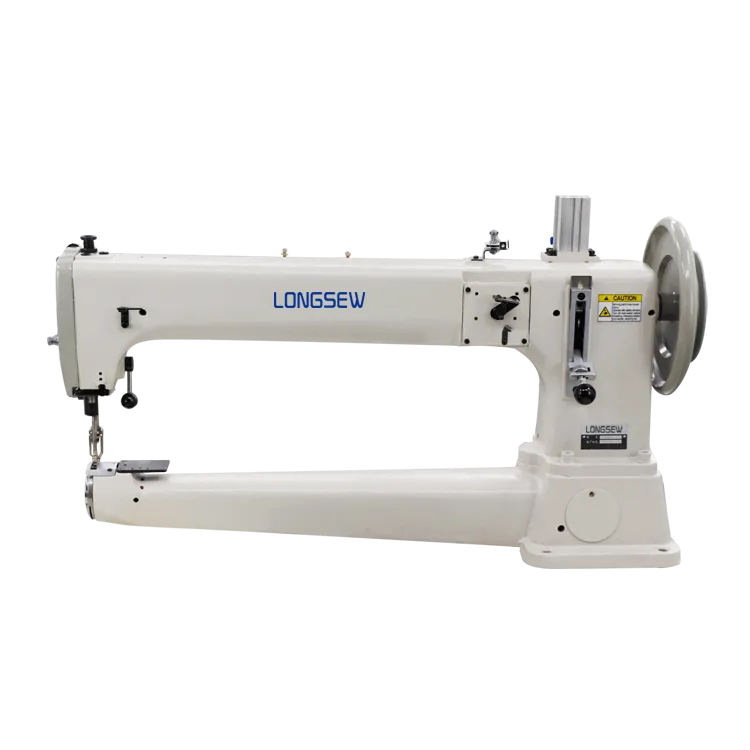Understanding the Distinctions Between Overlock and Coverstitch Machines for Sewing Projects
Understanding the Difference Between Overlock and Coverstitch
When it comes to sewing and garment construction, two machine types often come up in discussions overlock and coverstitch machines. Although they may appear similar at first glance, each serves a distinct purpose in the sewing process. In this article, we will explore the differences between overlock and coverstitch machines, elaborating on their functions, uses, and benefits.
What is an Overlock Machine?
An overlock machine, commonly referred to as a serger, is primarily designed to finish the edges of fabric to prevent fraying and unraveling. It trims the fabric while simultaneously stitching the edges with an interlocking stitch that encases the raw edges. This is achieved using multiple threads, typically ranging from three to five, which creates a strong and stretchy seam.
Overlock machines are essential in creating clean, professional-looking seams on knit and woven fabrics alike. By using an overlock stitch, sewing enthusiasts can achieve a polished finish that is particularly important in the production of clothing. These machines are indispensable in high-volume garment production, where speed and efficiency are crucial. They allow for quick sewing of seams and offer the flexibility to adjust the stitch options according to fabric types, thickness, and desired seam finish.
What is a Coverstitch Machine?
On the other hand, a coverstitch machine serves a different function. While it can also use multiple threads, it is designed specifically for creating hemmed edges and is particularly effective on knit fabrics. The coverstitch is similar to a traditional sewing machine stitch but allows for a more elastic finish, making it ideal for hems on garments like t-shirts, activewear, and leggings.
A coverstitch machine features a unique design that allows for two lines of stitching on the upper side and the use of a looper thread underneath. This results in a flatlock seam that is both durable and flexible, accommodating the natural movement of the fabric. The ability to create a cover stitch makes it a popular choice among sewists who want to achieve a professional look on knit garments without the bulkiness of a conventional hem.
Key Differences
what is the difference between overlock and coverstitch

2. Stitch Types Overlock machines create interlocking stitches that are suited for seam construction, whereas coverstitch machines produce a flat, stretchy stitch suitable for hems.
3. Construction and Design Overlock machines typically have a cutting blade that trims off excess fabric as it sews, while coverstitch machines do not have this feature, allowing for cleaner hems without altering the fabric edges.
4. Versatility Overlock machines are often more versatile for various sewing tasks, whereas coverstitch machines are specialized for hems and specific types of stitching.
Choosing Between Overlock and Coverstitch
When deciding between purchasing an overlock or coverstitch machine, one should consider the types of sewing projects one plans to undertake. If you primarily work with woven and knit fabrics and need to finish edges efficiently and effectively, an overlock machine is an excellent choice. However, if your focus is on making garments with knit fabrics and you want to achieve stretchy, professional hems, a coverstitch machine would be more suitable.
Ultimately, many sewists find it beneficial to have both machines in their sewing arsenal. Together, they allow for complete garment construction workflows and ensure a high level of finishing quality. Whether you choose one or the other, understanding the differences between these two sewing machines can help elevate your sewing projects and lead to better results in your garment making.
In conclusion, overlock and coverstitch machines each play vital roles in sewing, but they serve different purposes. By understanding their unique functions and applications, you can make an informed decision based on your sewing needs, leading to more polished and professional-looking garments.
-
Boost Production Efficiency with a Pattern Sewing MachineNewsAug.29,2025
-
Industrial Excellence with the Best Heavy Duty Sewing MachineNewsAug.29,2025
-
Precision and Power with the Best Pattern Sewing MachineNewsAug.29,2025
-
Reliable Bulk Packaging Starts With the Right FIBC Sewing MachineNewsAug.29,2025
-
Advanced Packaging Solutions: Elevate Productivity with Jumbo Bag Sewing Machine and Industrial Stitching EquipmentNewsAug.29,2025
-
High-Performance Solutions for Bulk Packaging: FIBC Sewing Machine and MoreNewsAug.29,2025
-
Maximize Efficiency with an Industrial Cylinder Arm Sewing MachineNewsAug.28,2025


























